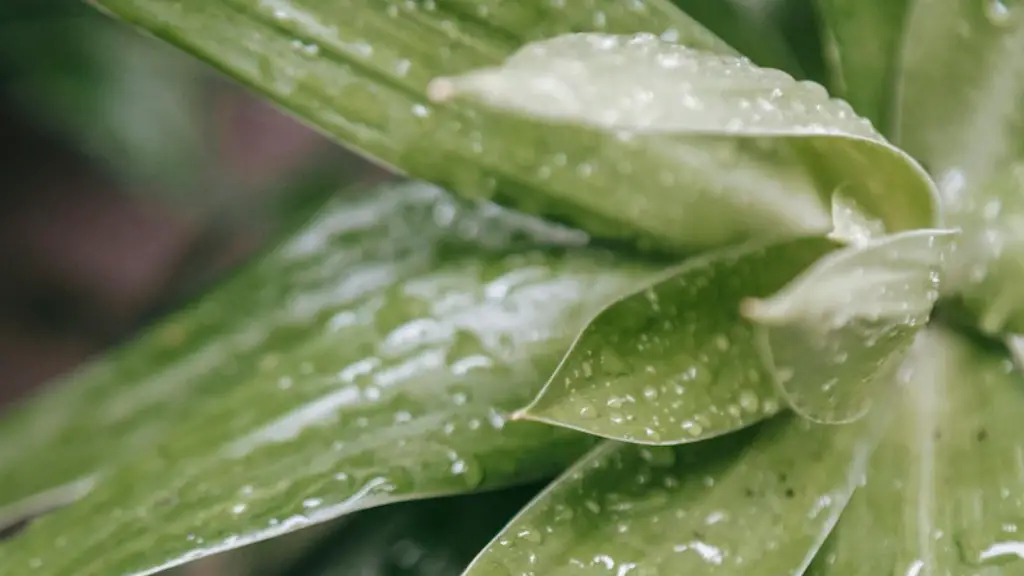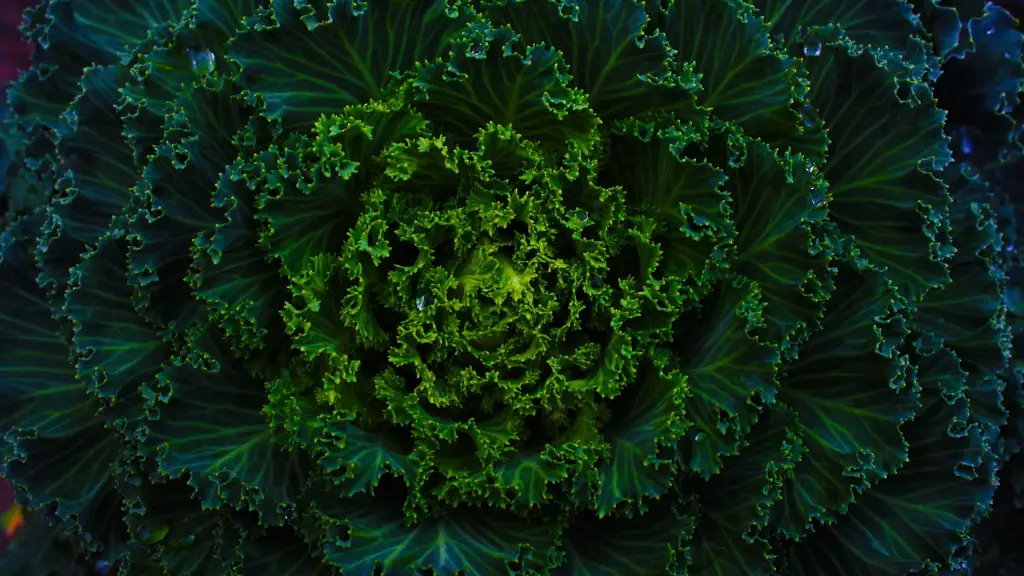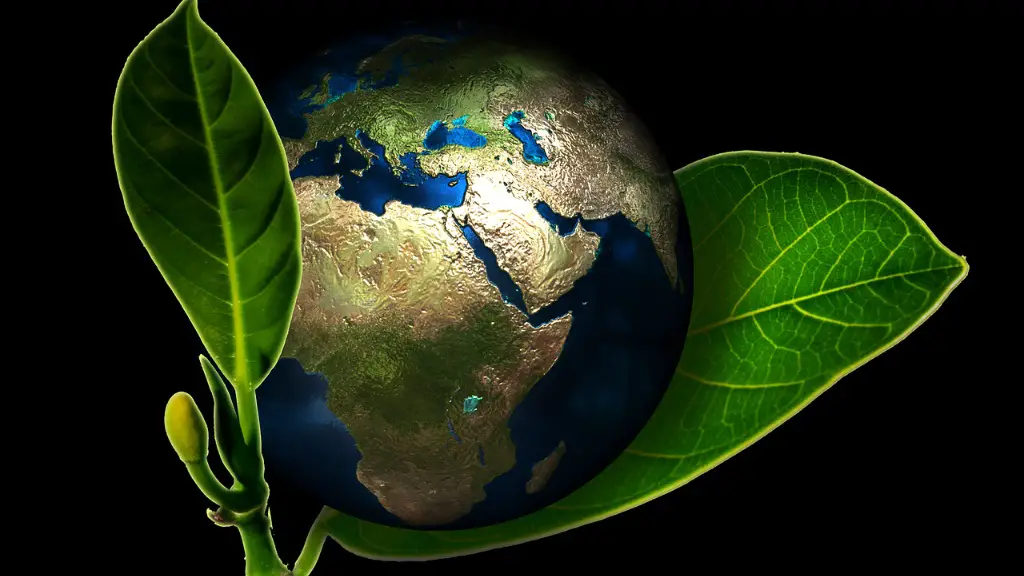For the last century, global warming has been affecting the entire planet, but the effects have been particularly noticeable in Antarctica, one of the most fragile ecosystems on Earth. From the continuing retreat of its massive ice shelves to the rapidly changing habitats of the animals that live there, this frozen continent is on the front lines of climate change.
Along with its dwindling ice, Antarctica’s cold-blooded and migratory species, like seals and penguins, are feeling the effects of climate change. Penguins, for example, nest in and around icy areas, and global warming is melting these areas, pushing the animals further out of their preferred terrain. Scientists believe that there is a direct correlation between the rainier winters Antarctica is experiencing and the decrease in penguin nesting areas.
The effects of global warming on Antarctic ecosystems go beyond the ice. Scientists have observed that species in the area are shifting their distributions in response to the warming temperatures. Adelie penguins, which normally feed on krill, have been forced to broaden their diets to include fish, as the krill populations have drastically decreased. In addition, some species, such as the short-tailed shearwater, are now making longer trips to Antarctica, bringing with them unfamiliar diseases to which the local species have no built-up immunity.
In addition to these direct impacts, the effects of global warming are having a ripple effect throughout Antarctica. Extreme climate events, like droughts and heat waves, have become increasingly common, and these events are upsetting the balance of the soils and microbial ecosystems. Scientists have observed that the microbial communities of soil are shifting as the temperature rises, which is then throwing off the delicate balance in the Antarctic.
The last remaining apex predators in the area, such as the leopard seal and the southern elephant seal, are also seeing their habitats threatened by melting ice and warming temperatures. These animals rely on krill to feed, and if the krill population is decimated, then the species will be harmed as well.
To understand how global warming is impacting animals in Antarctica, it is important to also consider the potential impacts of human-induced activities. For example, Antarctic fishing fleets are increasingly harvesting krill, which serves as the foundation of the local food web. Fisheries are also introducing non-native species to the area, which can have devastating consequences on both the local ecosystems and species.
In order to understand exactly how global warming is affecting Antarctic wildlife, research is needed. Scientists have noticed the clear and undeniable effects of climate change in the continent, but much of the information is incomplete and more data collection is needed in order to develop effective policy solutions.
Ultimately, the effects of global warming on Antarctic wildlife is an important concern. The melting ice, shifting habitats, and extreme climate events are all having a profound impact on the delicate balance in the continent, and unless we take action, these effects will only continue to worsen.
The dangers posed by global warming go beyond the effects on animals in Antarctica. It is important for us to recognize the consequences of climate change and to work together to lessen its impacts. More research is needed in order to understand how global warming is impacting the continent’s fragile ecosystems, and we must all make an effort to reduce emissions, create sustainable practices, and increase our commitment to protecting the environment.


